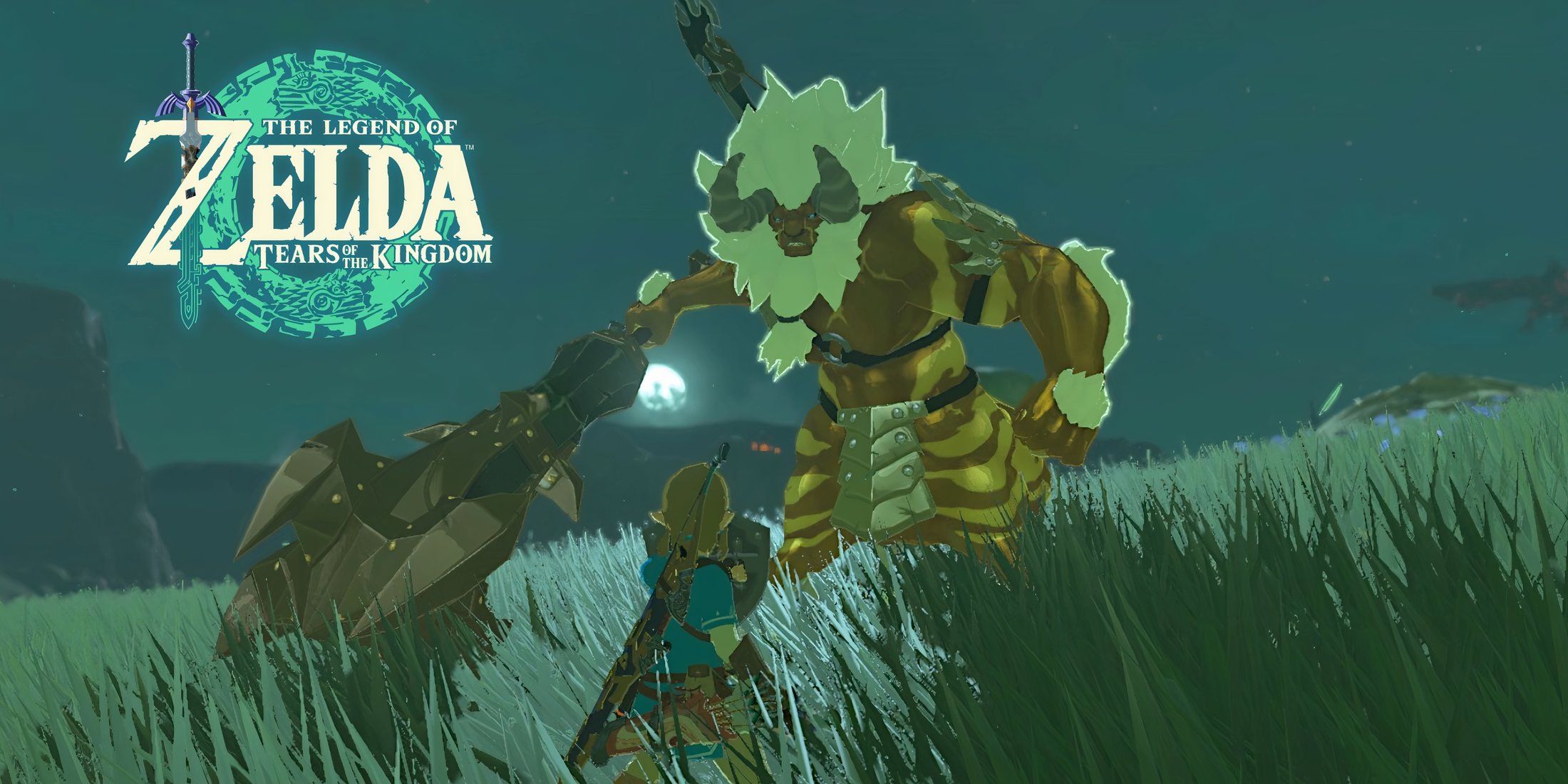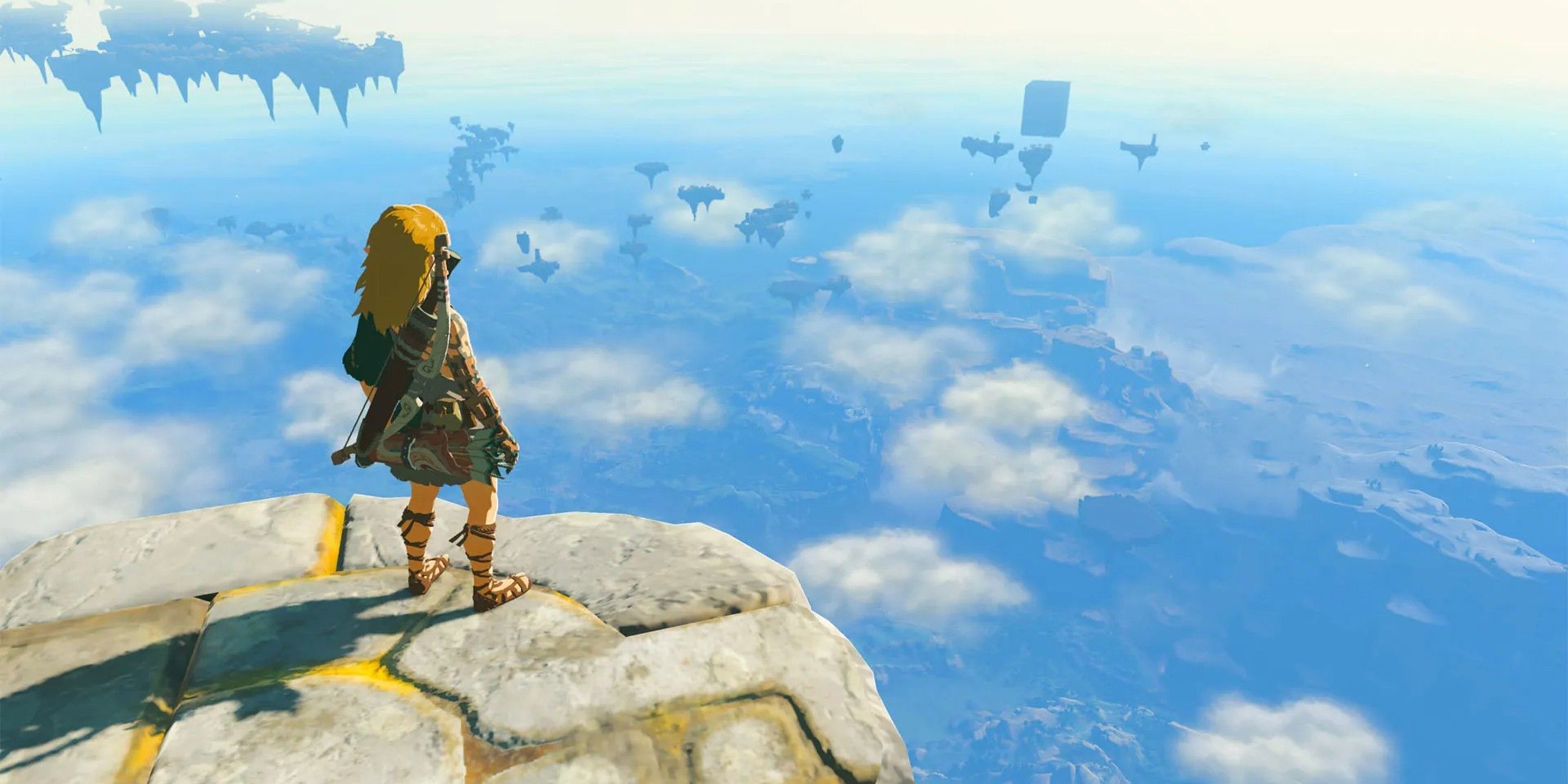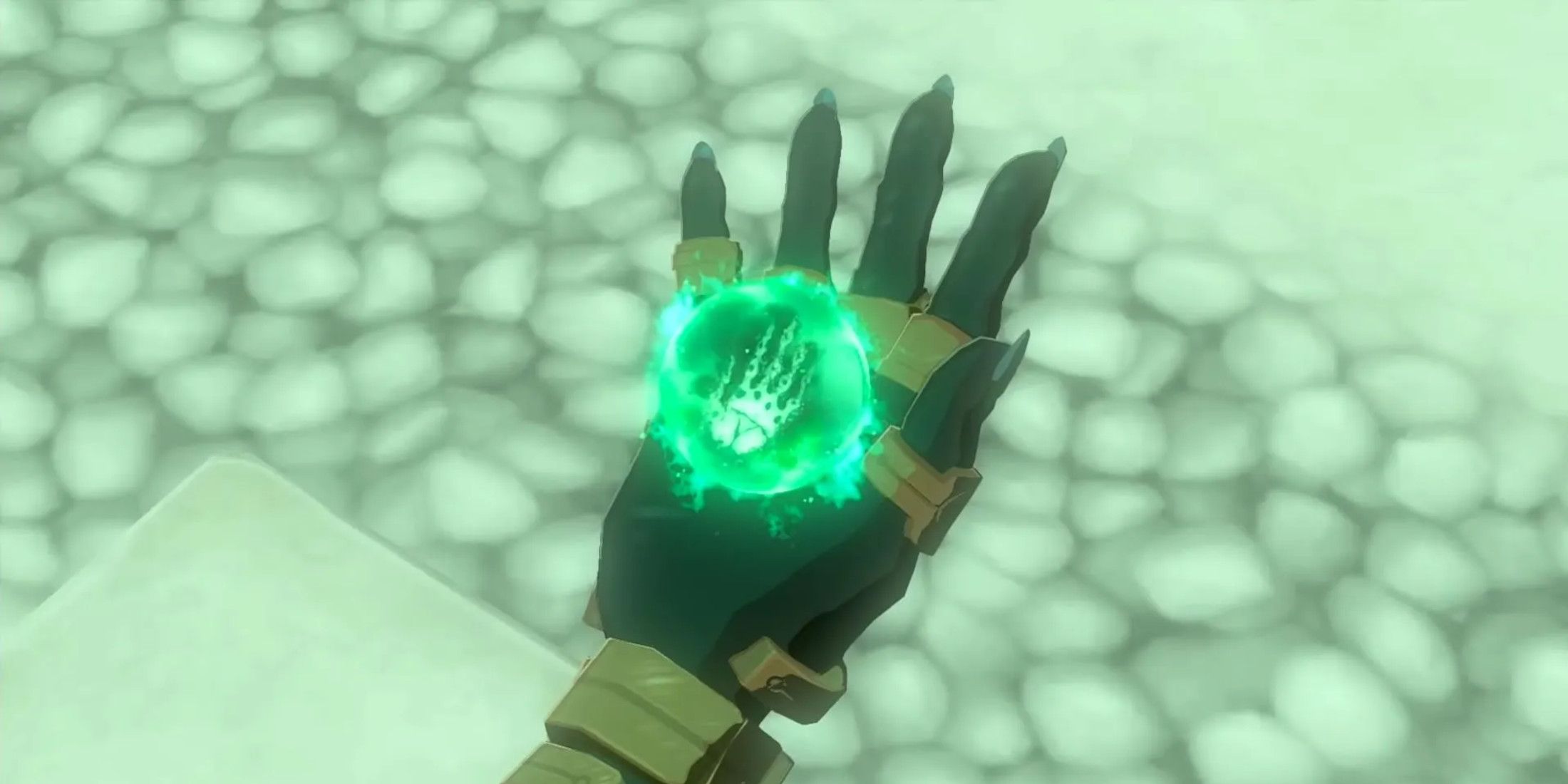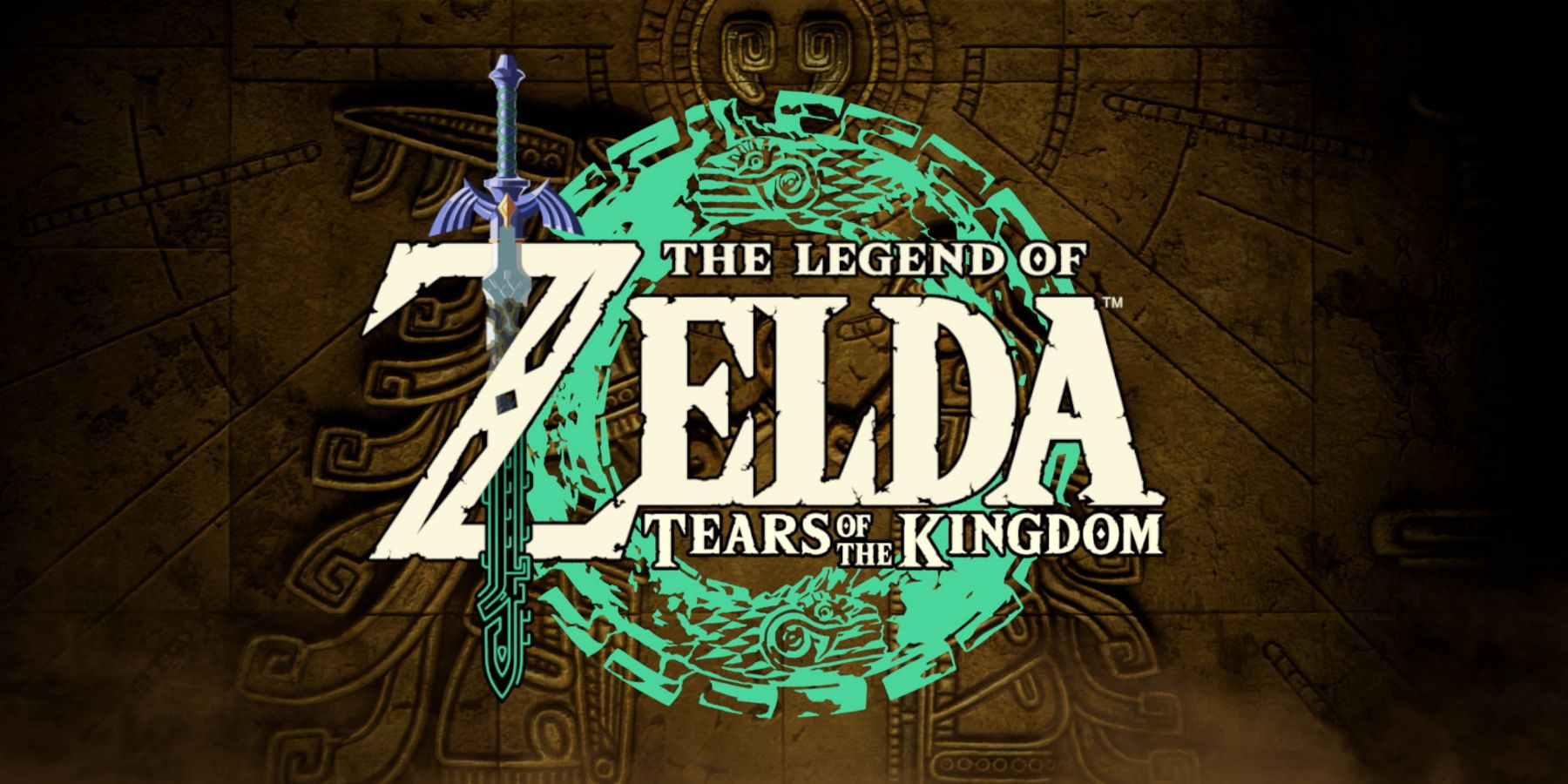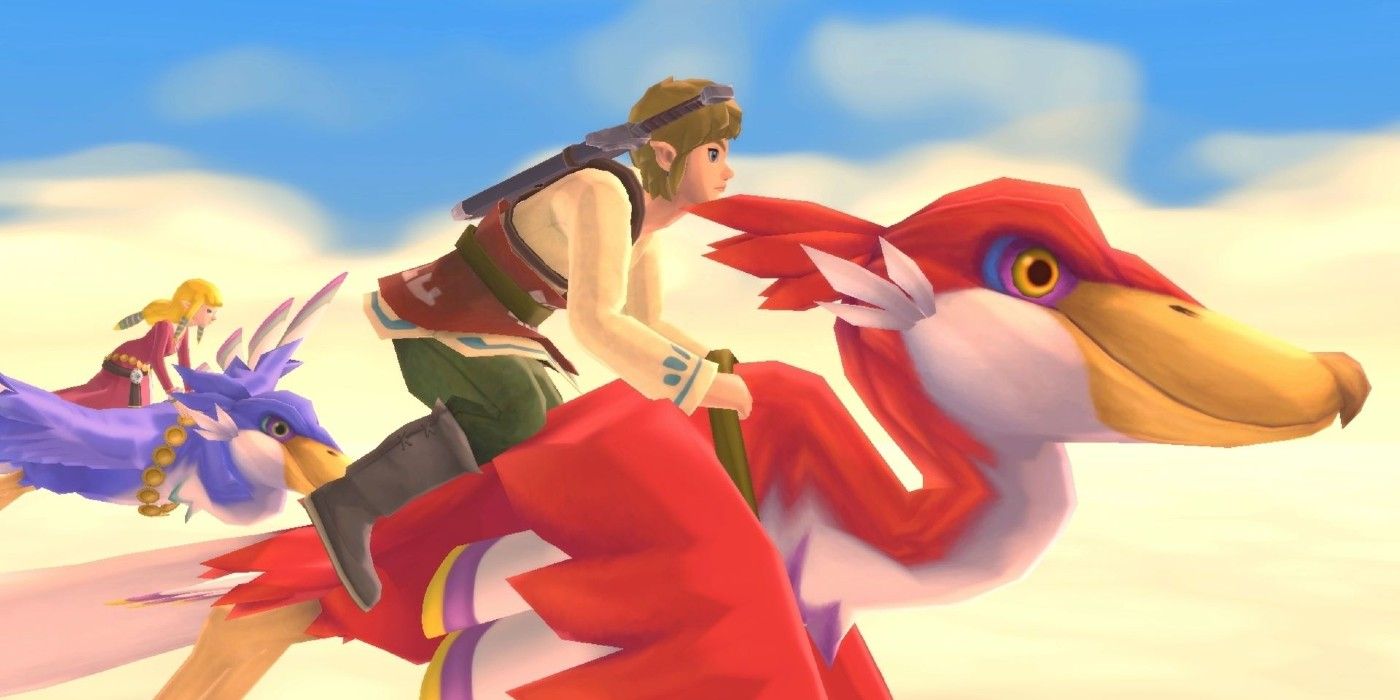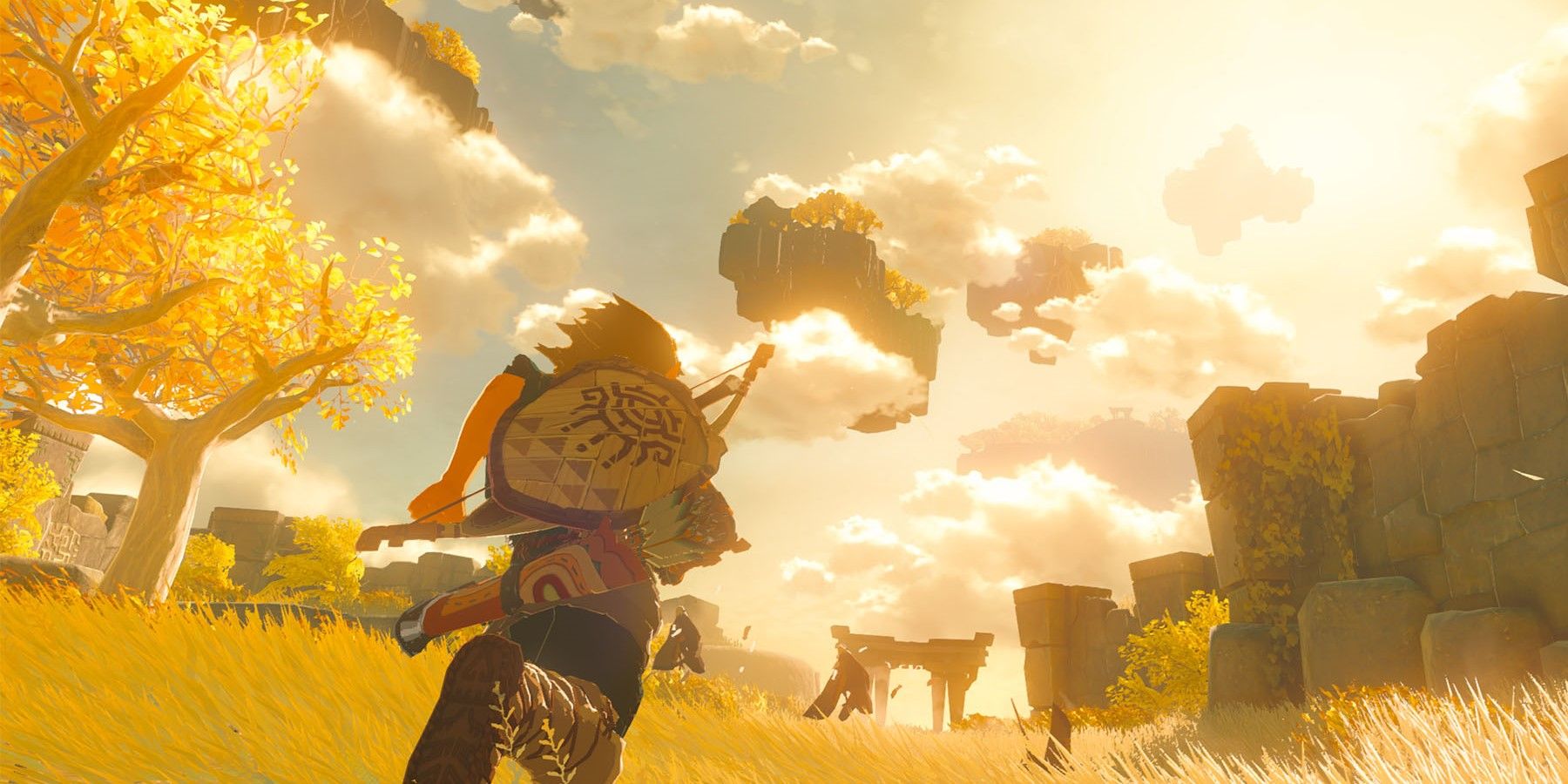The Legend of Zelda: Tears of the Kingdom is the byproduct of over 30 years of evolution. While the title introduces many new concepts, including Tears of the Kingdom's robust crafting system, much of its world is adapted from previous titles' core concepts. Perhaps the most prevalent addition to the title's map, which it shares with 2017's Breath of the Wild, is Hyrule's floating islands. The concept of floating islands was first introduced in Skyward Sword, where they were to serve as the title's core locations. Zelda: Tears of the Kingdom massively improves on Skyward Sword's floating islands, filling its own with a ton of content and justifying their presence within the title's larger world.
The Legend of Zelda: Tears of the Kingdom is the latest entry in the Zelda series. The title follows Link as he faces off against a revived Ganondorf, the source of Breath of the Wild's Great Calamity. Using the power of the Zonai, through the use of a mysterious new arm, Link must recover the Master Sword to rescue Zelda, who has been displaced in time. To do so, Link must acquire the aid of the Sages who helped to trap Ganondorf centuries before. Ganondorf's reemergence sees Link discover a host of floating islands high above the land of Hyrule, as well as a mysterious hidden world deep within its depths.
Skyward Sword's Floating Islands Failed to Stand Out
In 2011, Nintendo released The Legend of Zelda: Skyward Sword for the Wii. In addition to unique motion controls, the title was set to introduce a range of floating islands, including a new kingdom, called Skyloft. While both marketing and concept materials made it appear that much of Skyward Sword's narrative would take place high above the clouds, the title's floating islands took a backseat to Hyrule's surface, on which a majority of the story took place. Because of this discrepancy, the game was met with some criticism.
Skyward Sword's floating islands arguably struggled to justify their existence, lacking in both content and context. The title's floating locations are the result of the Goddess Hylia saving Hyrule's people from the clutches of Demise, an ancient evil. However, when Skyward Sword picks up with this same civilization centuries later, there are only a few functional locations among Hyrule's entire sky environs. The title's prologue offers a solid introduction to the modern Skyloft and its traditions, but, once that's finished, much of players' time in the air is spent flying a loftwing to specific areas from which Link could access more important locations on Hyrule's surface.
Tears of the Kingdom's Sky Islands Are Essential to its World
Unlike Skyward Sword's floating islands, Tears of the Kingdom's sky islands are essential to Link's mission, as many of them hold unique Zonai technology and Shrines that equip Link with weapons, shields, skills, and a unique armor set. The islands share a deep connection with Hyrule's past, allowing Link to learn about the peoples and events that preceded both Tears of the Kingdom and Breath of the Wild.
For this reason, Tears of the Kingdom's sky islands host many of its dungeons, which allow Link to recruit and empower Sages, moving the core narrative forward. Tears of the Kingdom's sky islands also improve upon Skyward Sword's justification of its floating islands, as the sky islands are given an immediate and plot-driven origin, existing as an extension of its surface rather than a separate world.
When Ganondorf is revived in the title's prologue, pieces of Hyrule including Hyrule Castle float into the clouds and create sky islands. These new islands allow access to ancient and mysterious floating landmasses, such as its dungeons. Similarly, the creation of the sky islands pave the way for Link to access the Depths, as the holes left in Hyrule's surface allow access to its underground map.
The Legend of Zelda: Tears of the Kingdom is available for Nintendo Switch.

